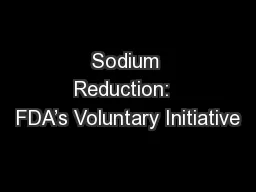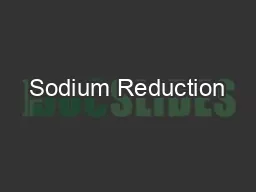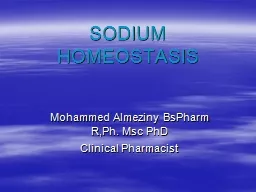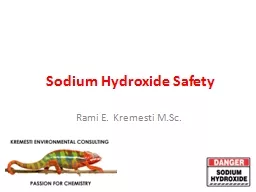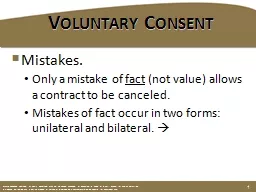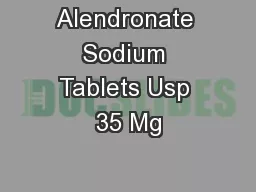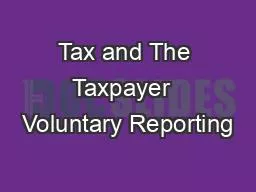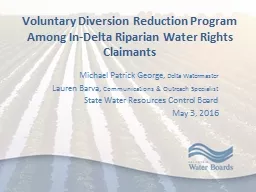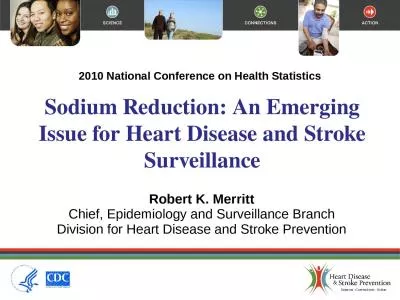PPT-Sodium Reduction: FDA’s Voluntary Initiative
Author : luanne-stotts | Published Date : 2018-09-21
Susan Mayne PhD Director Center for Food Safety and Applied Nutrition Food and Drug Administration 1 What is FDA Doing Issuing draft voluntary guidance on sodium
Presentation Embed Code
Download Presentation
Download Presentation The PPT/PDF document "Sodium Reduction: FDA’s Voluntary Ini..." is the property of its rightful owner. Permission is granted to download and print the materials on this website for personal, non-commercial use only, and to display it on your personal computer provided you do not modify the materials and that you retain all copyright notices contained in the materials. By downloading content from our website, you accept the terms of this agreement.
Sodium Reduction: FDA’s Voluntary Initiative: Transcript
Download Rules Of Document
"Sodium Reduction: FDA’s Voluntary Initiative"The content belongs to its owner. You may download and print it for personal use, without modification, and keep all copyright notices. By downloading, you agree to these terms.
Related Documents

